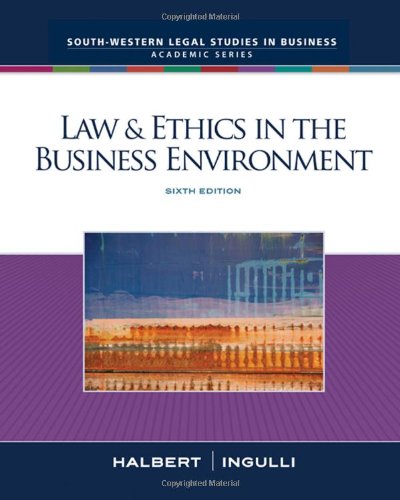A parodya literary or artistic work that imitates the characteristic style of an author or a work
Question:
A parody—a literary or artistic work that imitates the characteristic style of an author or a work for comic effort or ridicule—is a classic example of a fair use. Parodies are considered
“transformative” because they provide social benefit, shedding light on an earlier work while creating a new one. By definition, there must be some connection between the original work and the parody that borrows from it:
[T]he heart of any parodist’s claim to quote from existing material is the use of some elements of a prior author’s composition to create a new one that, at least in part, comments on that author’s works [Campbell v. Acuff-Rose Music, Inc. 510 U.S. 569 (1994)]
Which of the following should qualify as fair use parodies?
a. Artist Mark Napler created a “Barbie” Web site, using digital images and text that commented on Barbie as a cultural icon. In an interactive section, visitors could share what Barbie meant to them as they were growing up. There was also an “Alternative Barbies” section, a behind-the-scenes look at the seamy underbelly of Barbie’s world, including digitally altered “Fat and Ugly Barbie” and “Mentally Challenged Barbie.” Mattel, Inc., maker of Barbie and owner of the trademark, threatened to sue Napler.
b. From his fake news desk on Comedy Central’s The Daily Show, Jon Stewart used a sixsecond excerpt from Sandra Kane’s public access TV show to mock public access television, and commented on videotaped clips from network news reports.
Step by Step Answer:

Law And Ethics In The Business Environment
ISBN: 9780324657326
6th Edition
Authors: Terry Halbert , Elaine Ingulli





